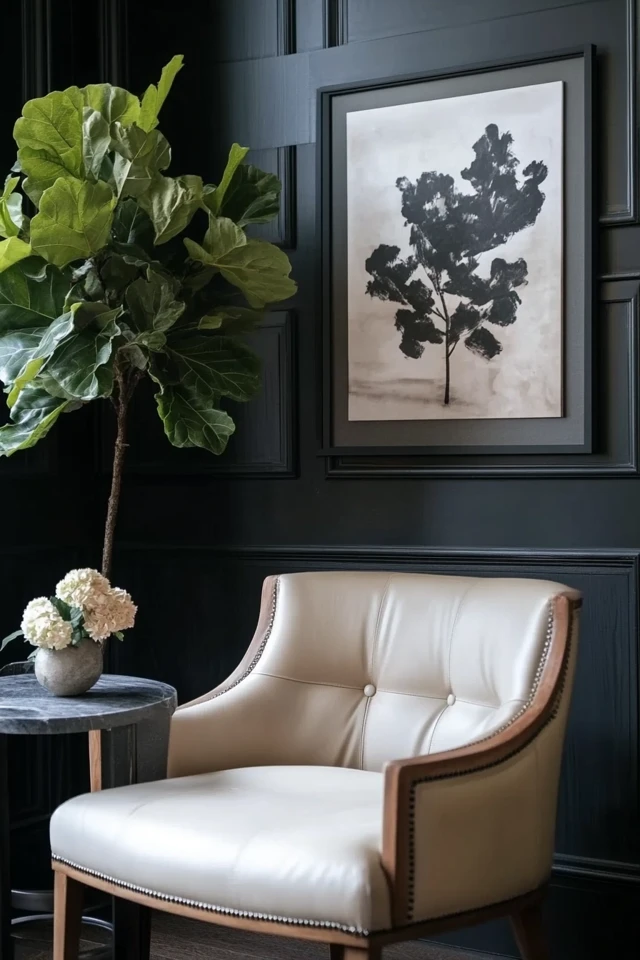Introduction
Upgrading your room’s ambiance is about more than just decorating—it’s about creating a mood, a vibe that reflects your personality and transforms how you feel in your space. Whether it’s turning a sterile living room into a cozy retreat, brightening a dim bedroom, or adding drama to a formal dining area, enhancing the ambiance can breathe new life into your home. The beauty of this process lies in its flexibility: with a few visual tricks and some well-chosen elements, you can completely change the way a room looks and feels.
I experienced the power of ambiance firsthand when revamping my home office. Initially, it felt cold and uninspiring with its stark white walls and fluorescent lighting. By layering soft lighting, adding textured rugs and throws, and incorporating some greenery, the space became warm, inviting, and energizing—a place where I actually enjoyed spending time. That simple transformation taught me how small changes can profoundly impact the mood of a room.
In this guide, we’ll walk through practical, visual ways to upgrade your room’s ambiance using color, lighting, textures, and more. Whether you want to create a relaxing haven, an energizing workspace, or a sophisticated entertaining space, these visual guides will help you achieve your dream aesthetic.
The Perfect Design for You
Upgrading your room’s ambiance is perfect for anyone who wants their home to reflect their personal style and adapt to their needs. It’s an excellent option for renters, those on a budget, or anyone looking to make impactful changes without a full renovation.
Imagine a living room with layered lighting, warm earth tones, and plush textures that invite you to curl up with a book. Or picture a dining room with bold, dramatic lighting, a deep color palette, and sleek metallic accents, creating the perfect setting for dinner parties. These are spaces that don’t just look good—they feel good.
Whether your style is modern, bohemian, minimalist, or maximalist, these visual guides will help you create a room that’s perfectly suited to your lifestyle and mood.
Picture Gallery
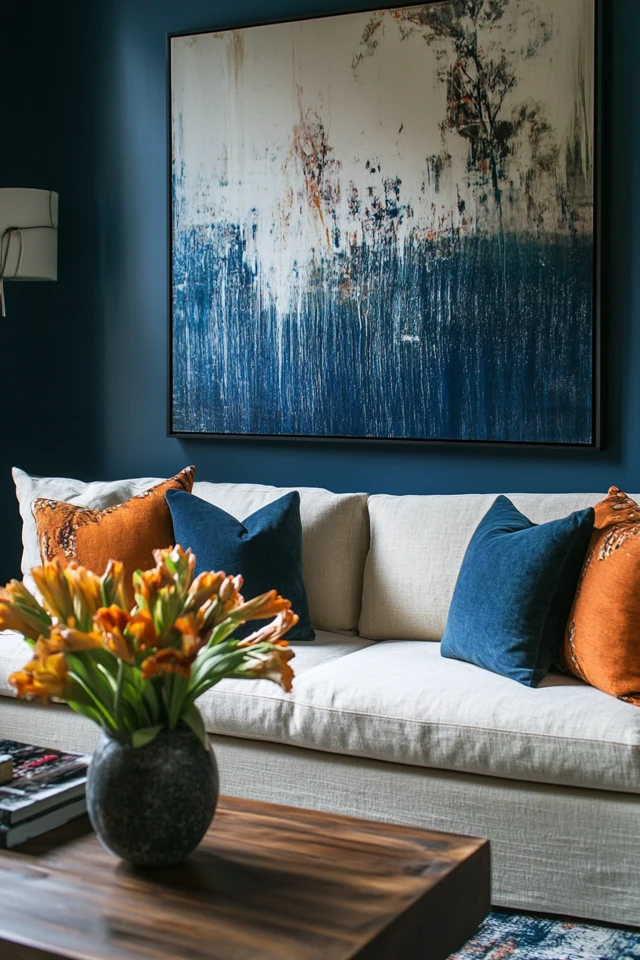
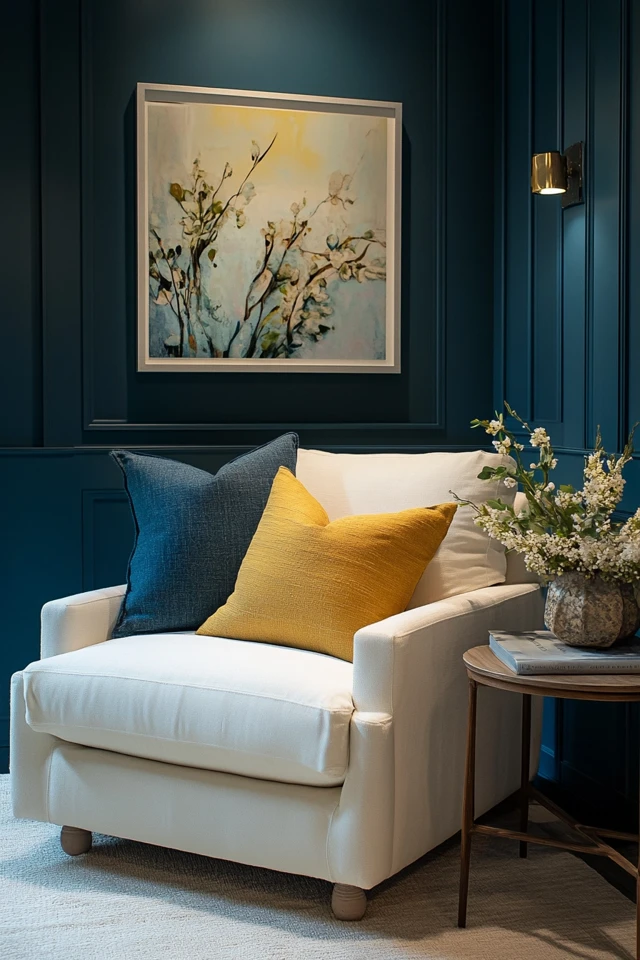
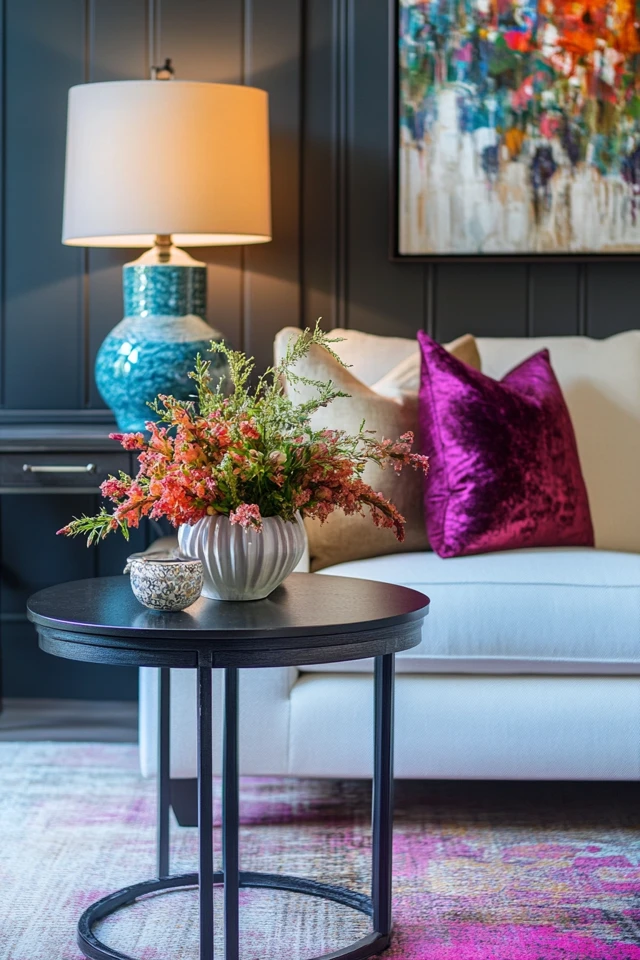
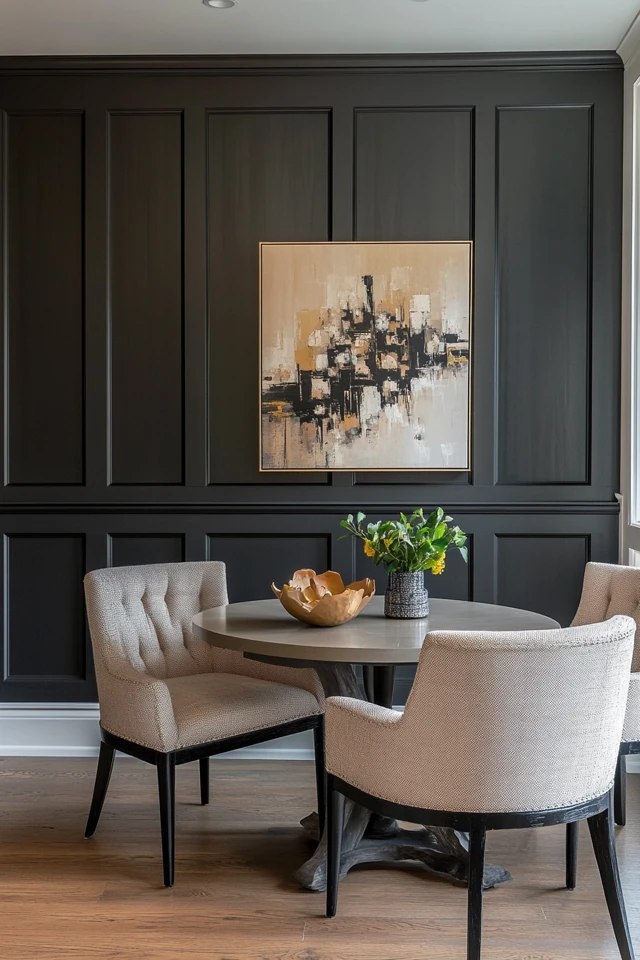
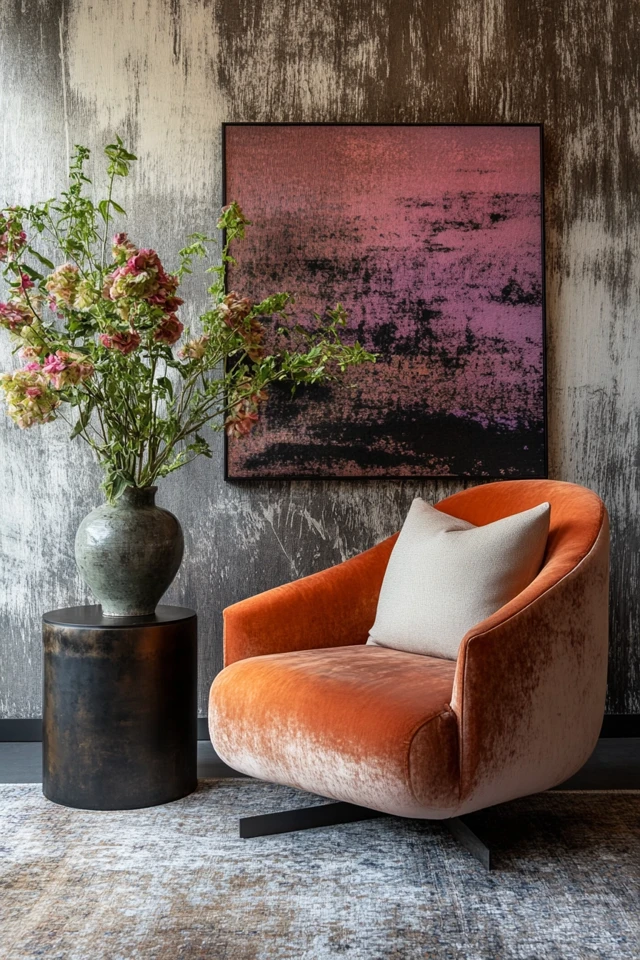
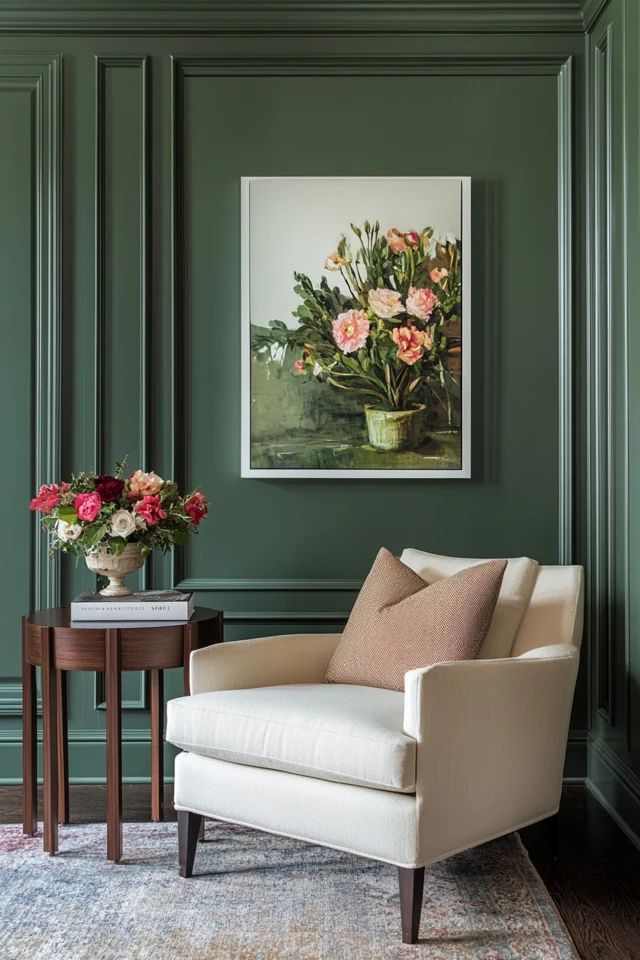

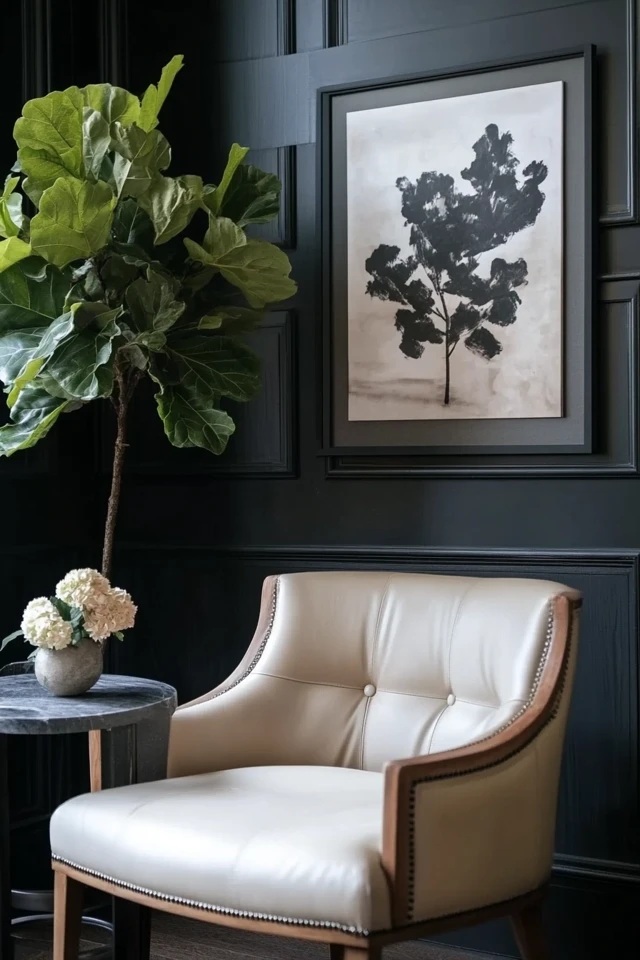
Why Upgrading Ambiance Matters
Ambiance is the soul of any space. It affects how you interact with a room and the emotions it evokes. Here’s why enhancing ambiance is so important:
- Mood Enhancement: The right ambiance can calm you after a long day, energize your mornings, or inspire creativity in your workspace.
- Personalization: Upgrading ambiance allows you to infuse your personality into the space, making it truly yours.
- Functionality: A well-designed ambiance adapts to your needs, whether it’s relaxing, entertaining, or working.
- Improved Aesthetics: Enhancing ambiance elevates your home’s visual appeal, making it feel polished and intentional.
- Affordable Impact: Small changes like lighting, decor, and textures can dramatically transform a room without major expenses.
Design psychology emphasizes the importance of creating spaces that resonate with your emotions and lifestyle. Upgrading ambiance is the perfect way to align your environment with your needs and aspirations.
How to Upgrade Room Ambiance: Step-by-Step
1. Start with Lighting
- Layer Your Lighting: Combine ambient, task, and accent lighting for a versatile, dynamic effect.
- Add Warmth: Opt for warm-toned bulbs (2700-3000K) to create a cozy, inviting atmosphere.
- Incorporate Dimmers: Use dimmer switches to adjust the brightness based on the time of day or mood.
- Experiment with Fixtures: Add statement pendants, string lights, or table lamps to create focal points.
- Example: A bedroom with bedside sconces, a warm pendant light, and an LED strip behind the headboard feels layered and tranquil.
2. Use Color Strategically
- Choose a Cohesive Palette: Stick to 2-3 main colors to create harmony and avoid visual clutter.
- Incorporate Accent Colors: Use pops of bold colors in pillows, art, or rugs to add energy and personality.
- Experiment with Paint: Dark tones like navy or emerald add drama, while pastels like blush or sage create softness.
- Use Color Gradients: Blend tones from dark to light within the room for depth and balance.
- Example: A living room with a navy accent wall, neutral furniture, and mustard pillows feels both sophisticated and inviting.
3. Add Texture for Depth
- Layer Textiles: Incorporate rugs, throw blankets, and cushions in different materials like wool, velvet, or linen.
- Include Natural Elements: Use wood, rattan, or stone to add an organic feel to the space.
- Focus on Contrast: Mix smooth and rough textures for a balanced, dynamic look.
- Incorporate Softness: Add curtains, plush rugs, or upholstered furniture to soften harsh lines.
- Example: A dining room with a textured jute rug, leather chairs, and a wooden table feels grounded and tactile.
4. Incorporate Greenery
- Add Plants: Use potted plants, hanging planters, or vases with fresh flowers to bring life and freshness to the room.
- Choose Low-Maintenance Options: Opt for succulents, snake plants, or faux greenery if you lack a green thumb.
- Use Scale Wisely: Balance small plants on shelves with larger ones in corners for visual interest.
- Create Layers: Combine plants of varying heights and sizes for a lush, curated look.
- Example: A small home office with a tall fiddle-leaf fig in the corner and a desk planter creates an energizing workspace.
5. Focus on Scent and Sound
- Add Candles or Diffusers: Use essential oils, scented candles, or reed diffusers to create a welcoming aroma.
- Incorporate Soundscapes: Use speakers to play ambient music or white noise for a calming atmosphere.
- Choose Natural Sounds: Water fountains or wind chimes can add soothing, organic tones to your space.
- Example: A spa-inspired bathroom with eucalyptus-scented candles and soft instrumental music feels like a luxurious retreat.
6. Use Mirrors and Reflective Surfaces
- Add Mirrors: Reflective surfaces bounce light around the room, making it feel brighter and more spacious.
- Experiment with Metallics: Incorporate gold, silver, or chrome accents for a touch of glamor and shine.
- Use Glossy Finishes: High-gloss furniture or lacquered walls enhance light and depth.
- Example: A small dining room with a mirrored wall and brass light fixtures feels luminous and elegant.
7. Choose Furniture Thoughtfully
- Focus on Proportion: Choose furniture that fits the scale of your room to avoid overcrowding.
- Create Conversation Areas: Arrange seating to encourage interaction and connection.
- Mix Styles: Combine vintage and modern pieces for an eclectic, curated look.
- Include Functional Pieces: Use multifunctional furniture like storage ottomans or extendable tables to maximize utility.
- Example: A compact living room with a low-profile sofa, a mid-century coffee table, and a chic floor lamp feels cozy yet open.
8. Incorporate Personal Touches
- Display Artwork: Showcase pieces that reflect your taste, from large canvases to small gallery walls.
- Add Sentimental Items: Use family heirlooms, travel souvenirs, or handmade decor to tell your story.
- Rotate Decor Seasonally: Swap out textiles, greenery, or accessories to reflect the time of year.
- Example: A bedroom with framed travel photos and a handmade quilt feels intimate and uniquely yours.
9. Play with Layers and Heights
- Vary Heights: Use tall plants, low furniture, and mid-level decor to create visual balance.
- Layer Rugs: Add a smaller patterned rug over a larger neutral one for depth.
- Use Shelves Wisely: Style open shelves with a mix of books, decor, and greenery to add interest.
- Example: A reading nook with a tall floor lamp, a low armchair, and a side table creates a cozy layered effect.
FAQ
1. How can I upgrade ambiance on a budget?
Use affordable elements like throw pillows, LED lights, plants, and candles. Rearrange furniture or DIY decor for a cost-effective refresh.
2. How do I create ambiance in small spaces?
Focus on layering lighting, using mirrors to reflect light, and incorporating multifunctional decor to keep the space feeling open.
3. What role does lighting play in ambiance?
Lighting sets the mood. Layering different types of lighting—ambient, task, and accent—creates a warm, dynamic environment.
4. Can I enhance ambiance without painting?
Yes! Use textiles, artwork, and decorative lighting to add depth and personality without changing wall colors.
5. How do I make my space feel cozier?
Add soft lighting, warm textiles, and natural elements like wood or plants to create an inviting atmosphere.
Variations
- Modern Elegance: Use metallic accents, minimalist furniture, and monochromatic palettes for a sleek, upscale ambiance.
- Bohemian Retreat: Incorporate layered rugs, macramé wall hangings, and vibrant colors for a free-spirited feel.
- Rustic Charm: Add reclaimed wood furniture, soft lighting, and earthy tones for a cozy, cabin-like atmosphere.
- Industrial Chic: Use exposed metal fixtures, concrete elements, and Edison bulbs for an edgy, urban vibe.
- Scandinavian Calm: Stick to light woods, soft neutrals, and functional decor for a serene, minimalist look.
How to Showcase It
- Living Rooms: Add layered lighting, cozy throws, and a mix of textures to create a warm, social hub.
- Bedrooms: Use soft bedding, dim lighting, and calming colors for a tranquil retreat.
- Dining Rooms: Incorporate statement lighting, bold artwork, and sleek furniture for a dramatic, entertaining space.
- Bathrooms: Add candles, natural textures, and warm lighting for a spa-like ambiance.
- Home Offices: Use energizing lighting, personal decor, and greenery to create an inspiring workspace.
Occasions to Feature It
- Everyday Living: Enjoy a home that feels personalized and uplifting every day.
- Entertaining Guests: Impress visitors with thoughtful touches like mood lighting and layered decor.
- Seasonal Updates: Change up your room’s ambiance with seasonal scents, colors, and textures.
- Special Occasions: Use dramatic lighting and elegant decor to enhance celebrations like birthdays or holidays.
- Relaxation Time: Create serene spaces for unwinding after a long day.
Conclusion
Upgrading your room’s ambiance is a creative and rewarding way to make your home feel more inviting, stylish, and uniquely yours. With the right lighting, colors, textures, and personal touches, you can completely transform the mood of any space without breaking the bank.
By following these visual guides, you’ll be able to design rooms that reflect your personality and adapt to your needs, whether it’s for relaxation, productivity, or entertaining. So get inspired, experiment with these tips, and turn your home into the perfect sanctuary for every moment of your life!

